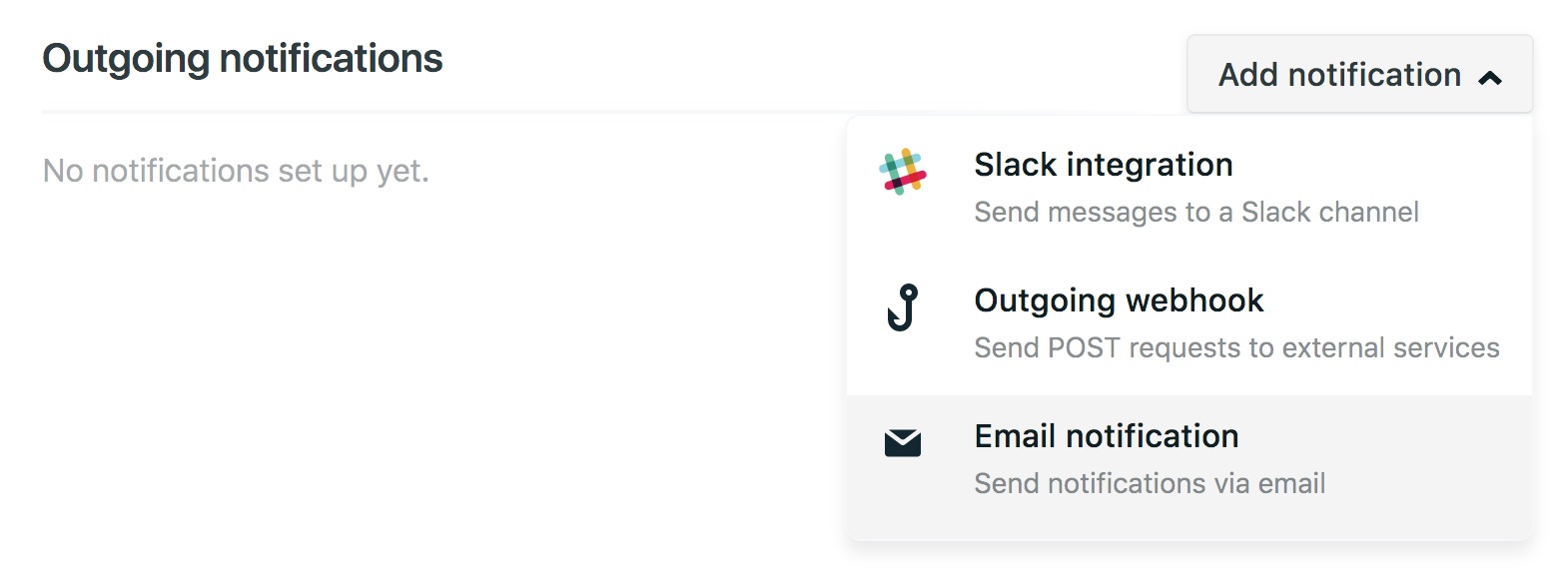Gatsby GCN
by Ryan Wiemer
A starter template to build amazing static websites with Gatsby, Contentful and Netlify.
A starter template to build amazing static websites with Gatsby, Contentful and Netlify. Inspired by gatsby-contentful-starter.
Features
- Contentful integration with ready to go placeholder content
- Netlify integration including a pre-built contact form
- Minimal responsive design - made to customize or tear apart
- Pagination logic
- Theme UI
- SEO Friendly Component
- OpenGraph sharing support
- Sitemap Generation
- Google Analytics
- Progressive Web app
- Offline Support
- Gatsby Standard module for linting Javascript with StandardJS
- Stylelint support for Styled Components to lint the CSS in JS
Demo
https://gcn.netlify.com/

Getting Started
Install
git clone https://github.com/ryanwiemer/gatsby-starter-gcn.gityarn install
Or via the Gatsby CLI
gatsby new gatsby-starter-gcn https://github.com/ryanwiemer/gatsby-starter-gcn.git
Setup Contentful
Sign up for Contentful and create a new empty space
yarn run setupEnter in the requested info for your Contentful space found here: app.contentful.com → Space Settings → API keys. You will need to provide both a standard API key (first tab) and a management key (second tab).
Customization
Website Data
Edit siteMeta data in /src/gatsby-config.js
siteMetadata: {title: 'GCN', // Title of the websitedescription: // Description of the website'A starter template to build amazing static websites with Gatsby, Contentful and Netlify',siteUrl: 'https://gcn.netlify.com', // Website URL. Do not include trailing slashimage: '/images/share.jpg', // Path to default image for SEOmenuLinks: [ // The links used in the top menu{name: 'Home',slug: '/',},{name: 'About',slug: '/about/',},{name: 'Contact',slug: '/contact/',},],postsPerFirstPage: 7, // Number of posts on the first pagepostsPerPage: 6, // Number of posts used on all other pages/*Root URL for posts and tagsFor example: 'blog' will result in:- www.example.com/blog/- www.example.com/blog/post-name/- www.example.com/blog/tag/tag-name/*/basePath: '/', // Defaults to the homepage}
Note: If you do not see your changes reflected when developing locally you may need to run yarn clean followed by restarting the server via yarn develop.
Theme UI
Edit /src/gatsby-plugin-theme-ui/index.js
export default {colors: {background: '#ffffff',text: '#121212',primary: '#121212',secondary: '#e9e9e9',tertiary: '#f3f3f3',highlight: '#5b8bf7',},fonts: {body:'-apple-system, BlinkMacSystemFont, "Segoe UI", Roboto, Helvetica, Arial, sans-serif',},sizes: {maxWidth: '1050px',maxWidthCentered: '650px',},responsive: {small: '35em',medium: '50em',large: '70em',},}
Using Gatsby Standard
- Quickly check your code for errors with the
yarn testscript - You can view the Gatsby Standard README for details on how to integrate this project's included Gatsby Standard, Stylelint, and Prettier modules into your text editor
Content and SEO
- You can replace the
share.jpgandfavicon.pngfiles in thestatic/imagesdirectory. - Meta descriptions are defined in Contentful. If you choose to leave this field blank on new posts a 320 character excerpt of the post/page will be used instead.
Deployment
Manual Netlify Deployment
Run
gatsby buildDrag and drop the folder
/public/into Netlify
Netlify Deployment From Git (Recommended)
Connect with GitHub and select your repo
Navigate to Netlify: Settings → Build & Deploy → Build Environment Variables. Add the following environment variables using the Space ID and Content Delivery API - access token from Contentful. Additionally if desired you can enter a Google Analytics ID. The variables must be named exactly like this in order to work properly.
ACCESS_TOKENSPACE_IDGOOGLE_ANALYTICS

- Navigate to Netlify: Deploys. Click
Trigger deployto manually trigger a deploy to confirm the website is building successfully using your build environment variables. At this point be aware that every time you push tomastera deploy will automatically start and be published to production.
Additional Settings
Contentful Webhook (Optional)
Navigate to Netlify: Settings → Build & Deploy → Build hooks. Create a new build hook.
Navigate to Contentful: app.contentful.com → Space Settings → Webhooks. Create a webhook using the Netlify build URL that you just created and configure which events should trigger the build on production. For example the following will rebuild the production website every time a post or page is published, unpublished or deleted:

Netlify Form Notifications (Optional)
Navigate to Netlify: Forms → Notifications
Click the add notification dropdown and select your desired notification method.

Useful Tips
- If you make edits to your Contentful space while running
yarn developyou will need to stop it and rerun the command to see the changes reflected. For example a new post or page will not automatically show up until the website has been rebuilt. - DO NOT store your Contentful access tokens or space ids anywhere in GitHub. Treat them like passwords.